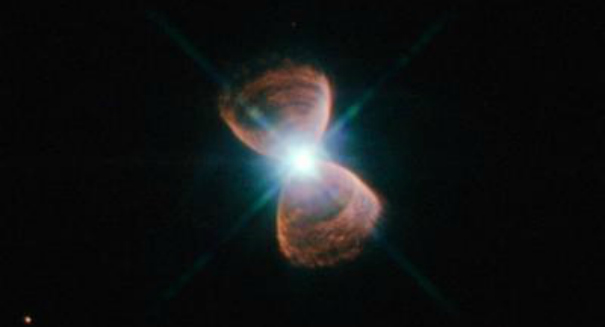
Researchers discover a planet-forming lifeline in binary star system GG Tau-A, approximately 450 light-years away from earth.
A statement released Wednesday from the European Southern Observatory (ESO) reveals the discovery of a young binary star system that appears to have gas flowing in the region between the inner and outer discs.
Researchers suggest that this gas might allow planets to form in the environment of this system. Since many of the sun-like stars in our Milky Way galaxy are born in binary star systems, this discovery may have a major impact on the hunt for exoplanets.
The discovery was made by a research team led by Anne Dutrey of the Laboratory of Astrophysics of Bordeaux, France, using the Atacama Large Millimeter/submillimeter Array (ALMA) telescope. The researchers observed the distribution of dust and gas in a multiple star system known as GG Tau-A, only a few million years old and located approximately 450 light-years away in the Taurus constellation.
Observations with ALMA revealed gas clumps in the region between the two discs of GG Tau-A, suggesting that material is being transferred from the outer disc to the inner disc and creating a sustaining lifeline between them.
“Material flowing through the cavity was predicted by computer simulations but has not been imaged before,” said Dutrey. “Detecting these clumps indicates that material is moving between the disks, allowing one to feed off the other. These observations demonstrate that material from the outer disk can sustain the inner disk for a long time. This has major consequences for potential planet formation.”
The results are published in the journal Nature on Thursday and support the possible existence of planets orbiting the individual stars of multiple-star systems.
“Almost half the Sun-like stars were born in binary systems,” said co-author Emmanuel Di Folco from the Laboratory of Astrophysics of Bordeaux, France. “This means that we have found a mechanism to sustain planet formation that applies to a significant number of stars in the Milky Way. Our observations are a big step forward in truly understanding planet formation.”
Leave a Reply